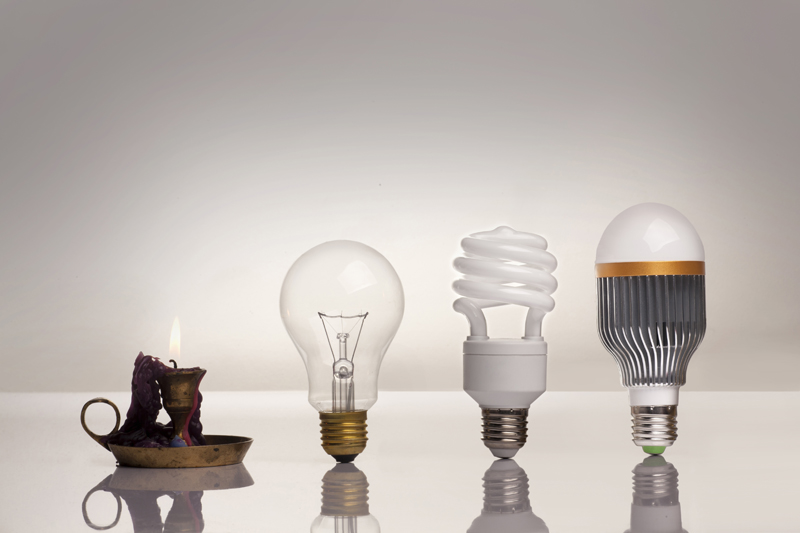Improve Winter Indoor Air Quality

In the wintertime, things are generally chilly to downright cold, keeping you indoors, with the windows and doors shut! This is a good time of year to focus on creating a healthy indoor environment.
Start by opening those windows and doors, at least once a week, for about 20 minutes to an hour (wait for sunny days and turn off the heat). Allow that toxic indoor air to cycle outside, and let the fresh air stream on in. Our new houses are so energy efficient these days, that often our air exchange isn't sufficient. Indoor air can be several times more polluted than the atmosphere outside, what with carpet and upholstery outgassing, indoor dust, house cleaning fluids, fireplace or woodstove gasses, and candle/incense/air freshener particulates.
Getting a new vaccuum cleaner with a HEPA filter (like the Bissell 35755 Cleanview Bagless Upright Vacuum with HEPA will also help. You want to actually suck up the dirt, not just spew it back into the air.
Some books will help you clean up your home's air: Simple Solutions for Less Toxic Living, Protecting Yourself and Your Family from Everyday Toxics and Harmful Household Products in the Home and The Healthy Living Space: 70 Practical Ways to Detoxify the Body and Home. For woodburning questions, consult: The New Woodburner's Handbook: A Guide to Safe, Healthy, and Efficient Woodburning.
This is a good time of year to invest in some solid houseplants. Certain plants, like pothos, philodendron, peace lily, banana plant and spider plant, are adept at absorbing airborne pollutants, converting them to fresh, clean O2! Purchase a few bigger plants rather than several small ones - they are easier to keep alive (being more established), look better as decor, and allow more surface area for gas exchange. A few big plants will go a long way to cleaning your indoor air pollution! Home Depot usually has nice big economical houseplants, and your local nursery will have super-healthy ones plus a great staff.
Speaking of air quality, chances are your indoor humidity levels are too low. Indoor heating almost assures your air will be dry. Again, plants will help you here. Mist them every few days, and they will reward you with a nicer, moister environment.
Fish tanks also help keep your indoor environment humid, as water levels evaporate and are re-filled. Don't have fish? Pretty bowls of water will do! Place some interesting rocks on the bottom, and call it a Zen Water Feature.
You can always use a humidifier, if all else fails. And drink more water - one or two liters a day. Your skin will be healthier, and your resistance to disease will improve.
Start by opening those windows and doors, at least once a week, for about 20 minutes to an hour (wait for sunny days and turn off the heat). Allow that toxic indoor air to cycle outside, and let the fresh air stream on in. Our new houses are so energy efficient these days, that often our air exchange isn't sufficient. Indoor air can be several times more polluted than the atmosphere outside, what with carpet and upholstery outgassing, indoor dust, house cleaning fluids, fireplace or woodstove gasses, and candle/incense/air freshener particulates.
Getting a new vaccuum cleaner with a HEPA filter (like the Bissell 35755 Cleanview Bagless Upright Vacuum with HEPA will also help. You want to actually suck up the dirt, not just spew it back into the air.
Some books will help you clean up your home's air: Simple Solutions for Less Toxic Living, Protecting Yourself and Your Family from Everyday Toxics and Harmful Household Products in the Home and The Healthy Living Space: 70 Practical Ways to Detoxify the Body and Home. For woodburning questions, consult: The New Woodburner's Handbook: A Guide to Safe, Healthy, and Efficient Woodburning.
This is a good time of year to invest in some solid houseplants. Certain plants, like pothos, philodendron, peace lily, banana plant and spider plant, are adept at absorbing airborne pollutants, converting them to fresh, clean O2! Purchase a few bigger plants rather than several small ones - they are easier to keep alive (being more established), look better as decor, and allow more surface area for gas exchange. A few big plants will go a long way to cleaning your indoor air pollution! Home Depot usually has nice big economical houseplants, and your local nursery will have super-healthy ones plus a great staff.
Speaking of air quality, chances are your indoor humidity levels are too low. Indoor heating almost assures your air will be dry. Again, plants will help you here. Mist them every few days, and they will reward you with a nicer, moister environment.
Fish tanks also help keep your indoor environment humid, as water levels evaporate and are re-filled. Don't have fish? Pretty bowls of water will do! Place some interesting rocks on the bottom, and call it a Zen Water Feature.
You can always use a humidifier, if all else fails. And drink more water - one or two liters a day. Your skin will be healthier, and your resistance to disease will improve.

Related Articles
Editor's Picks Articles
Top Ten Articles
Previous Features
Site Map
Content copyright © 2023 by Jill Florio. All rights reserved.
This content was written by Jill Florio. If you wish to use this content in any manner, you need written permission. Contact Jill Florio for details.


